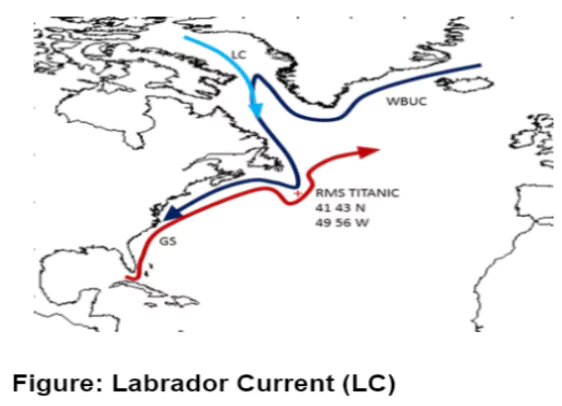![]() May 1, 2024
May 1, 2024
![]() 5493
5493
![]() 0
0
Understanding the temperature of ocean waters is crucial for various aspects of life on Earth. From influencing weather patterns to sustaining marine life, ocean temperature plays a vital role. Let’s explore the factors that determine the temperature of the oceans, from the surface to the depths, and how they vary across different regions and latitudes.
 Ocean Currents: Warm ocean currents raise the temperature in cold areas, while cold currents decrease the temperature in warm ocean areas.
Ocean Currents: Warm ocean currents raise the temperature in cold areas, while cold currents decrease the temperature in warm ocean areas.

| Must Read | |
| Current Affairs | Editorial Analysis |
| Upsc Notes | Upsc Blogs |
| NCERT Notes | Free Main Answer Writing |
<div class="new-fform">
</div>
Latest Comments